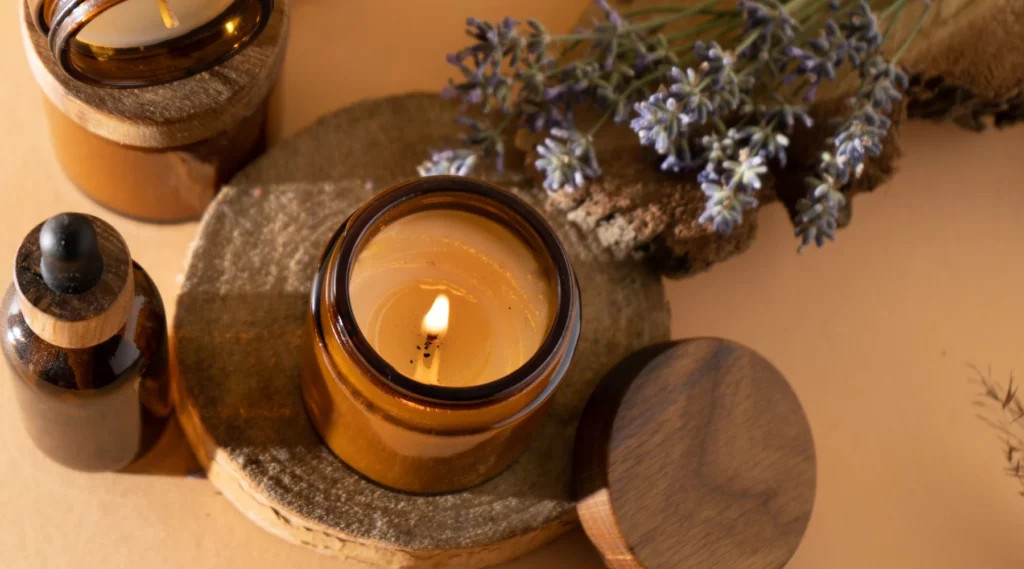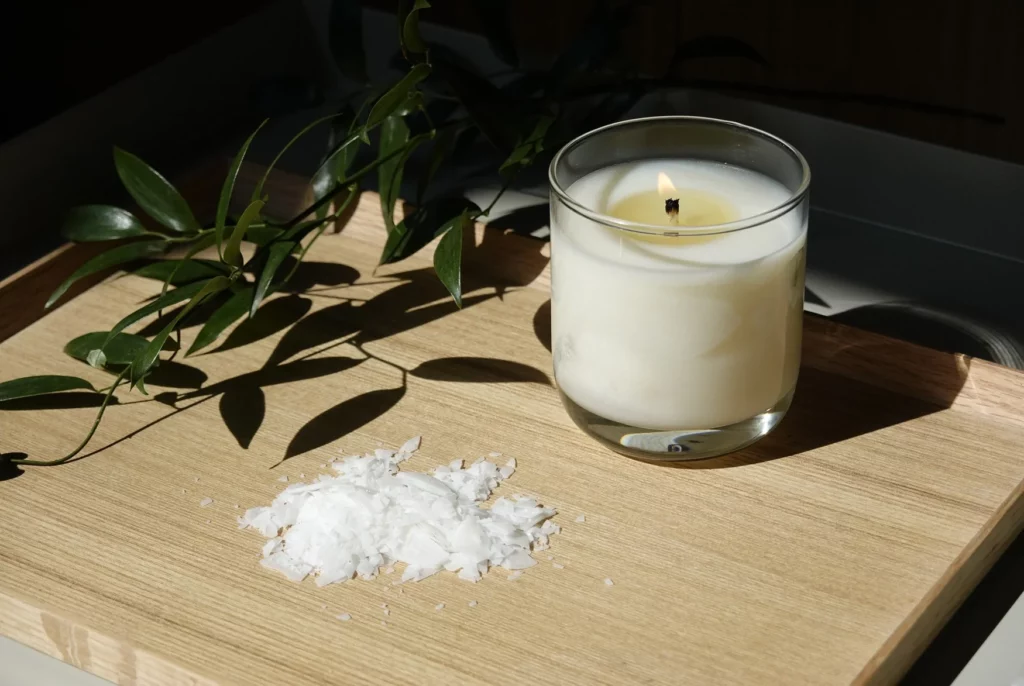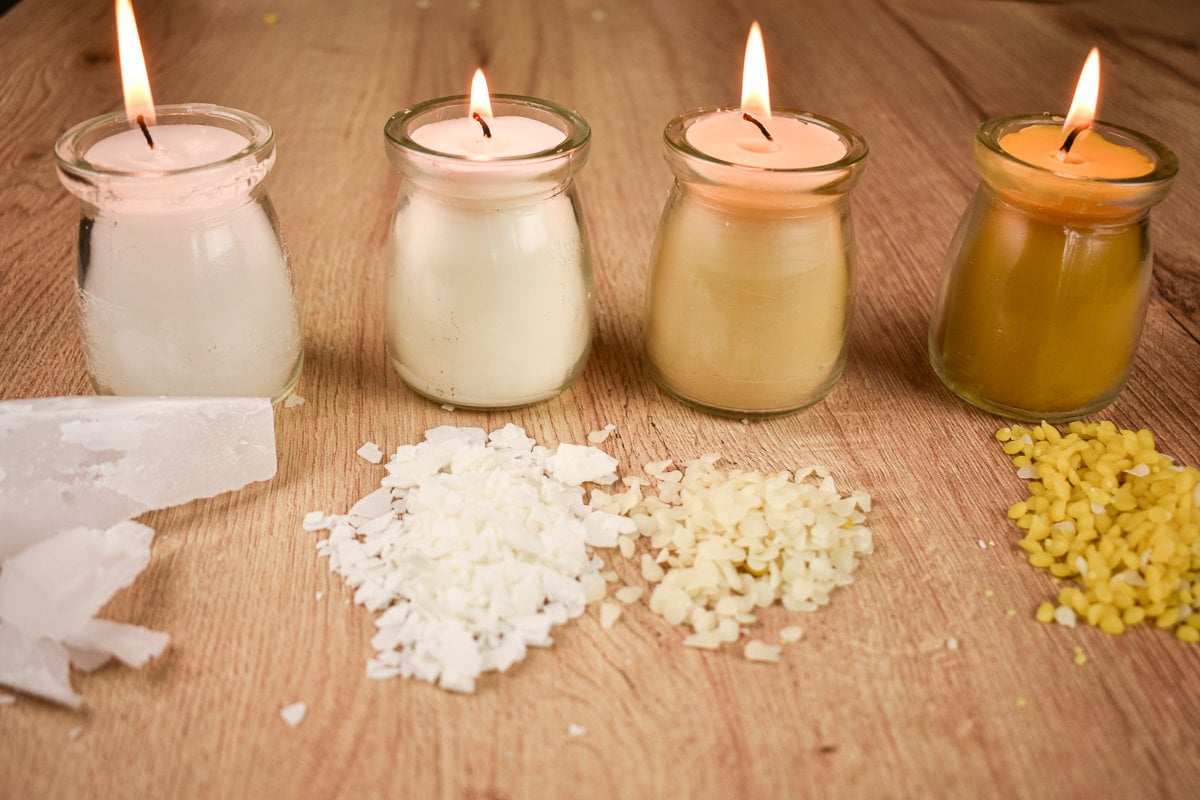Candles are not only a source of light but can also create a soothing ambiance and add a touch of elegance to any space. If you are a candle enthusiast or are interested in making your own candles, choosing the right candle wax is crucial for achieving the desired results. With so many options available in the market, it can be overwhelming to navigate through the different types of candle wax and select the one that suits your project best. This ultimate guide will provide you with the knowledge and insights you need to make an informed decision.
Understanding Different Types of Candle Wax
Candle wax primarily serves as the fuel that keeps the flame burning and provides the base for fragrance and color. Knowing the characteristics of different types of candle wax will help you determine which one is best suited for your specific needs.
Paraffin Wax: Pros and Cons
Paraffin wax is one of the most commonly used candle waxes due to its affordability and wide availability. It is derived from petroleum and offers a high melting point, which means candles made from paraffin wax burn longer. However, it is important to note that paraffin wax releases soot and potentially harmful chemicals when burned.
Soy Wax: Pros and Cons
Soy wax is a natural alternative to paraffin wax, made from soybean oil, which is a renewable resource. Soy candles have gained popularity due to their clean-burning properties, lower soot emission, and longer burning time. Soy wax also has a great scent throw, allowing the fragrance to disperse evenly throughout the room. However, soy wax can be more expensive than paraffin wax and may have limited availability.
See Also: Benefits of Using C3 Soy Wax in Handmade Candles

Beeswax: Pros and Cons
Beeswax is a natural wax produced by bees, making it another eco-friendly option for candle making. It has a beautiful golden color and a subtle honey scent. Beeswax candles burn longer than paraffin candles and emit a warm, natural glow. However, beeswax is relatively expensive and may require additional additives for fragrance and color.
Palm Wax: Pros and Cons
Palm wax is derived from the fruit of oil palm trees. It is a renewable and sustainable option that produces candles with a unique crystalline appearance. Palm wax candles burn cleanly and offer good scent throw. However, the environmental impact of palm oil production has raised concerns, making it essential to source sustainable palm wax.
Aside from these popular candle waxes, there are also other types worth exploring. One such example is bayberry wax, which is derived from the berries of the bayberry shrub. Bayberry wax has a lovely natural scent and produces candles with a beautiful green color. However, it is a rare and expensive wax, making it less commonly used in candle making.
Another interesting option is coconut wax, which is made from the meat of coconuts. Coconut wax candles have a creamy appearance and a subtle tropical scent. They also have a long burn time and excellent scent throw. However, coconut wax can be more expensive than other waxes and may have limited availability.
It’s important to consider your specific needs and preferences when choosing a candle wax. Whether you prioritize affordability, eco-friendliness, or unique characteristics, there is a wide range of options available to suit your candle making endeavors.
Factors to Consider When Choosing Candle Wax
Choosing the right candle wax goes beyond understanding the different types available. Several factors should influence your decision to ensure you achieve the desired results for your candle project.
When delving into the world of candle making, it’s essential to consider not only the type of wax but also additional elements that can elevate your candle crafting experience. By exploring these factors in more detail, you can create candles that not only look beautiful but also meet your specific requirements.
The Purpose of Your Candle Project
Consider the purpose and intended use of your candle project. Are you making candles for decorative purposes, a romantic dinner, or aromatherapy? Each purpose may require a different wax type to meet your specific needs.
For decorative candles, you may want to opt for a wax that holds intricate designs well, such as paraffin wax. On the other hand, if you’re crafting candles for aromatherapy, soy wax could be a better choice due to its ability to hold essential oils effectively.
Your Budget
Another crucial aspect to consider is your budget. Different types of candle wax vary in price, and it is essential to find a balance between quality and affordability.
While premium waxes like beeswax may come at a higher cost, they offer natural benefits and a luxurious finish. On the other hand, if you’re working on a tight budget, soy wax provides a cost-effective yet high-quality alternative for your candle making endeavors.

Environmental Impact
For eco-conscious candle enthusiasts, the environmental impact of the wax is an important consideration. Opting for sustainable and renewable waxes, such as soy wax or beeswax, can contribute to a greener approach to candle making.
Choosing environmentally friendly waxes not only supports sustainable practices but also ensures that your candle creations align with your values. By selecting waxes that are biodegradable and ethically sourced, you can enjoy your candles knowing they have minimal impact on the planet.
Scent Throw and Burning Time
If fragrance is a key element in your candle project, consider the scent throw capabilities of the wax you choose. Some waxes have better fragrance retention and diffusion than others. Additionally, burning time should also be taken into account, especially if you want your candles to last longer.
Enhancing the scent throw of your candles can be achieved by selecting waxes known for their superior fragrance diffusion, such as coconut wax. Moreover, if you prefer candles that burn for extended periods, exploring waxes with longer burning times, like palm wax, can help you enjoy your candle’s warm glow for hours on end.
Safety Precautions When Working with Candle Wax
Working with candle wax requires caution and adherence to safety measures to prevent accidents. Here are some important safety precautions to keep in mind:
Handling Hot Wax
When melting wax, always use a double boiler or a reliable wax melter to avoid direct heat contact. Always use heat-resistant gloves when handling hot wax to protect your hands from burns.
Additionally, it’s crucial to be mindful of the temperature of the wax to prevent accidental spills or splatters. Stir the wax gently and avoid sudden movements to maintain control and reduce the risk of injuries.
Proper Ventilation
Ensure that your workspace has proper ventilation to prevent the accumulation of harmful fumes. If you are working indoors, consider using a fan or an exhaust to eliminate any potential respiratory hazards.
Inadequate ventilation can lead to the inhalation of toxic fumes emitted during the melting process, which can cause dizziness or respiratory issues. It’s essential to prioritize your health and well-being by working in a well-ventilated area.
Safe Storage of Wax
Store your candle wax in a cool and dry place, away from direct sunlight or sources of heat. This will prevent the wax from melting or deteriorating prematurely and reduce the risk of fire hazards.
Furthermore, it’s advisable to keep your wax away from flammable materials to minimize the risk of accidental fires. Proper storage not only ensures the quality of the wax but also contributes to a safer working environment.

Frequently Asked Questions About Candle Wax
Here are some common questions that candle enthusiasts often have when it comes to choosing and working with candle wax:
Can You Mix Different Types of Wax?
Yes, you can mix different types of wax to create unique candles with combined characteristics. However, it is crucial to consider the compatibility and melting points of the waxes you wish to blend.
How to Clean Up Spilled Wax?
If you accidentally spill wax, allow it to harden completely. Then, gently scrape off as much wax as possible using a plastic scraper or a credit card. Use a mixture of hot water and dish soap to remove any residue, and avoid using sharp objects that may damage the surface.
Can Old Candles Be Reused or Recycled?
Yes, old candles can be repurposed or recycled. You can melt down the leftover wax and pour it into new containers or use the wax remnants as fire starters. Additionally, some local recycling facilities accept used candles for recycling.
Now, let’s delve deeper into the fascinating world of candle wax and explore the different types that are available. One popular type is paraffin wax, which is derived from petroleum. Paraffin wax is known for its excellent scent throw and smooth texture, making it a favorite among candle makers. It is also the most affordable option, making it accessible to beginners and experienced artisans alike.
If you prefer a more natural alternative, soy wax is an excellent choice. Made from soybean oil, this wax is biodegradable and renewable, making it an eco-friendly option. Soy wax candles have a clean burn and tend to have a longer lifespan compared to other types of wax.
Another option to consider is beeswax, which is produced by bees to build their honeycombs. Beeswax candles have a natural, sweet scent and emit negative ions when burned, which can help purify the air. However, beeswax is generally more expensive than other types of wax due to its limited availability.
When it comes to choosing the right candle wax, it’s important to consider factors such as fragrance retention, burn time, and ease of use. Each type of wax has its own unique characteristics, so take the time to experiment and find the one that best suits your needs and preferences.
By understanding the different types of candle wax available, considering important factors, and adhering to safety precautions, you can enjoy the process of candle making and create beautiful, long-lasting candles for various occasions. So go ahead, light up your creativity, and let your candles illuminate your space with warmth and beauty!

Be First to Comment